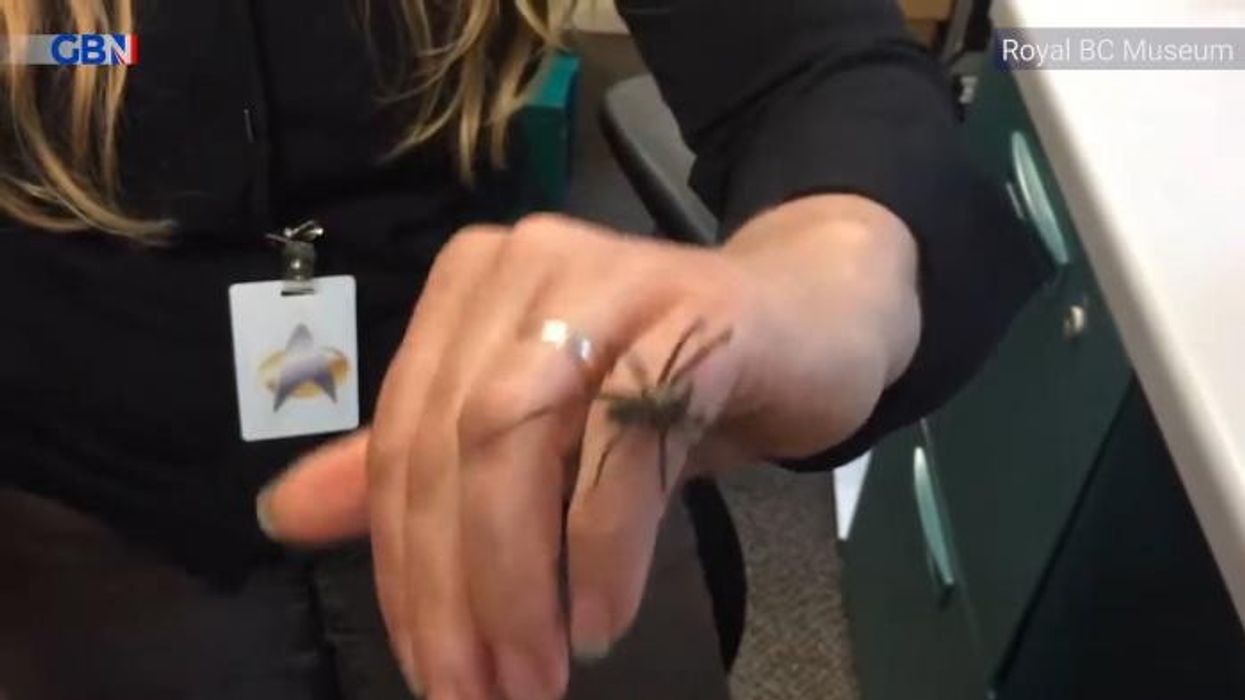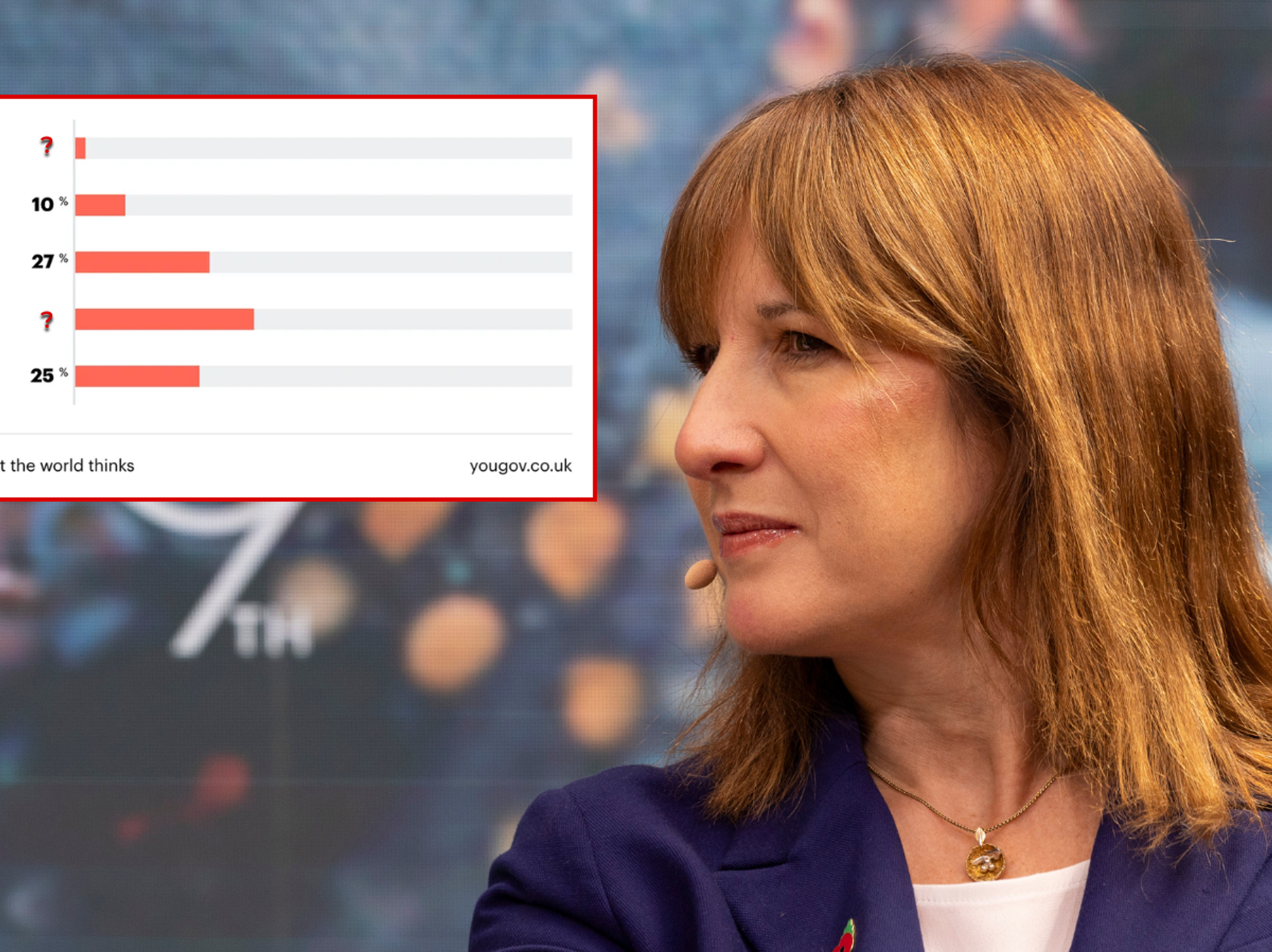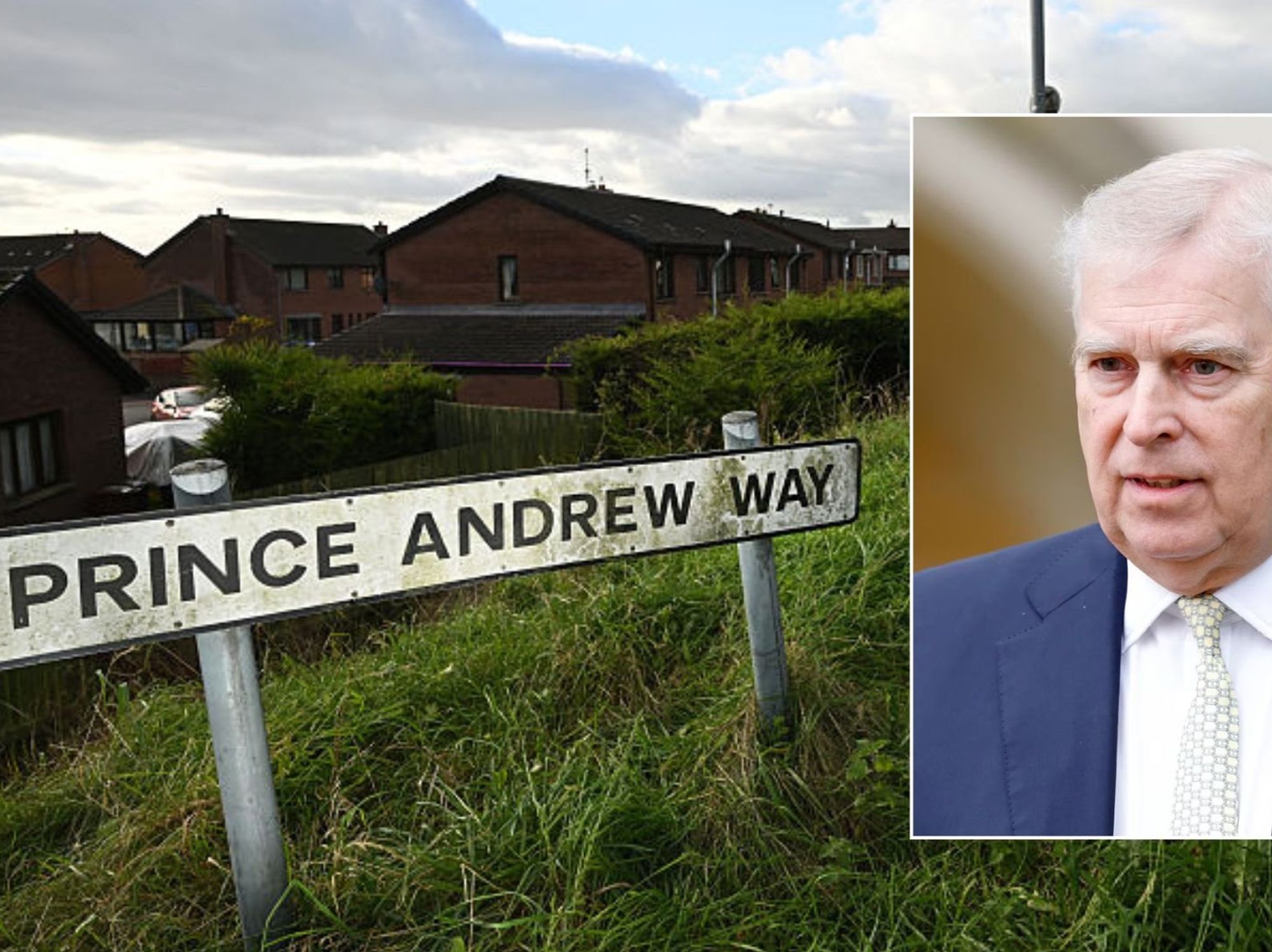Giant spider that can run half-a-METRE per second invades UK homes - 'Getting bigger!'

The huge spider likes to live in dark corners and comes into homes in August and September
Don't Miss
Most Read
A giant spider capable of running half-a-metre per second is invading homes across Britain.
The arachnid grows on average to have a total leg span of up to 7.5cm or around the size of a kiwi but can be as large as 10cm - the diameter of a grapefruit.
According to the Wildlife Trusts the Giant House Spider, which is the larger cousin of the House spider, is one of the fastest invertebrates on the planet and is capable of running up to half-a-metre per second. That means if the spiders were human-sized, they would be able to move at about 140mph.
They are one of the largest spiders found in central and northern Europe.
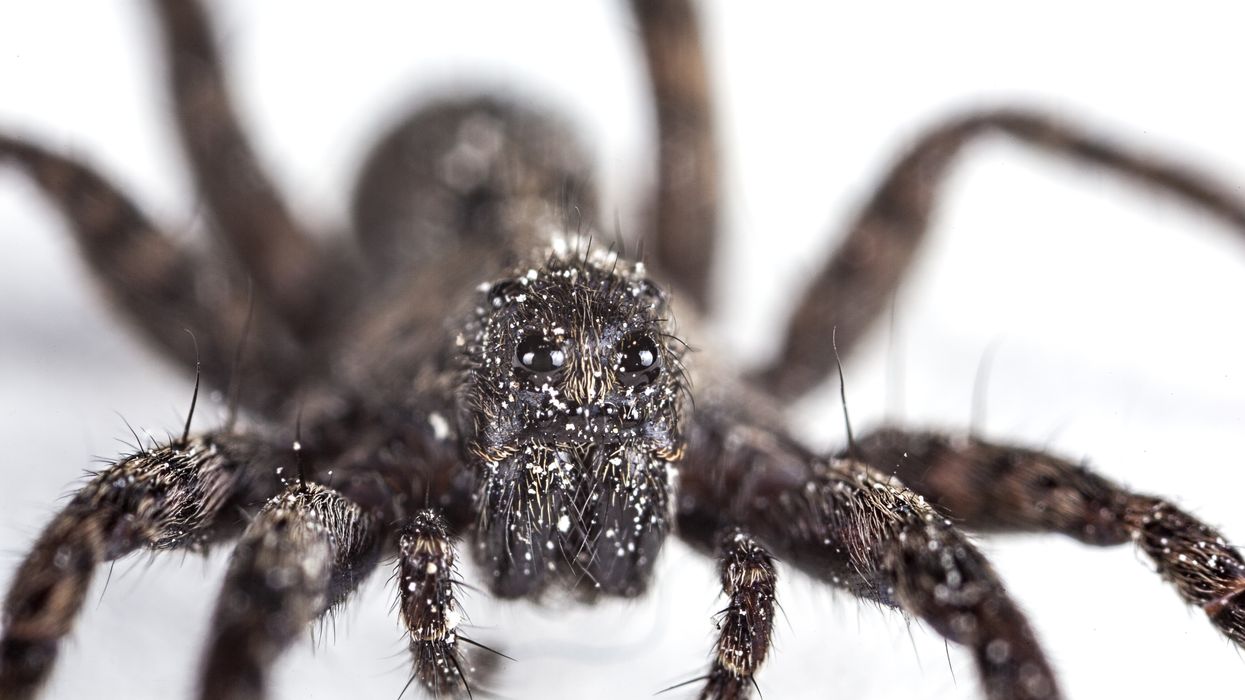
Giant House spiders are being spotted in homes across Britain
|Getty
Britons can identify the creepy-crawly as being dark brown/black in colour and having a dark hairy body. As well as it's hyper-fast speed they produce distinctive sheet-like cobwebs.
They normally likes to take up residence in dark corners of houses, particularly in the early autumn.
Experts say Giant House Spiders become particularly active after the summer months as males come out to look for a mating partner.
As part of the spider’s natural life cycle, males will stay with their chosen females for a number of weeks, mating multiple times until eventually they die and become food for the females.
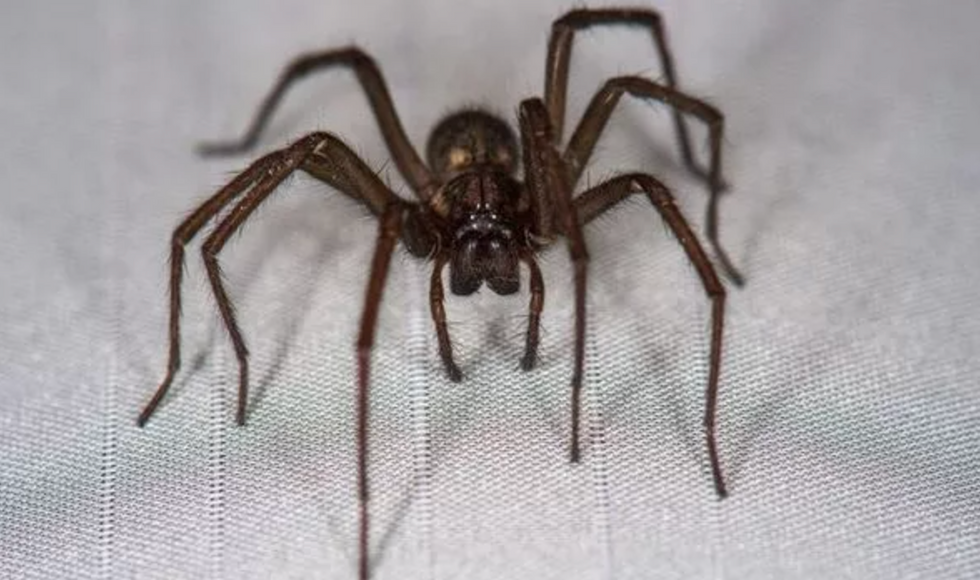
Giant House Spiders have grown bigger this year after a warm, wet summer
|Getty
A Wildlife Trusts spokesman: “More people will be seeing spiders in their homes this time of year for one really simple reason - they’re out and about looking for a mate.
“Male spiders are particularly active during early autumn when they’ll be covering a lot more ground than usual while looking for a female.
He added: “Spiders live in our homes all year round, so it’s not necessarily that there are more spiders around, just that they’re more visible.
“Most of these will be house spiders, the ones you’ll see running across your bedroom floor in the evening.
“They have long, gangly legs with the males tending to have smaller bodies than females, with something called pedipalps at the front of their bodies which they use for mating.
“We know that for many people, the sight of these eight-legged critters inspires fright, but they’re an essential part of our ecosystem.
“They’re fantastic predators and keep a range of other creatures under control, which actually helps improve biodiversity.”
LATEST DEVELOPMENTS:According to The Wildlife Trusts, Giant House Spiders are capable of going months without eating or drinking - so trapping them under a glass is pointless.
Male spiders are able to live for a year or two in the right circumstances but females can live for several years.
No part of the UK is exempt from their eight-legged reach but the ultra-rapid species is most likely to be found in the South East, East Anglia and the Midlands.
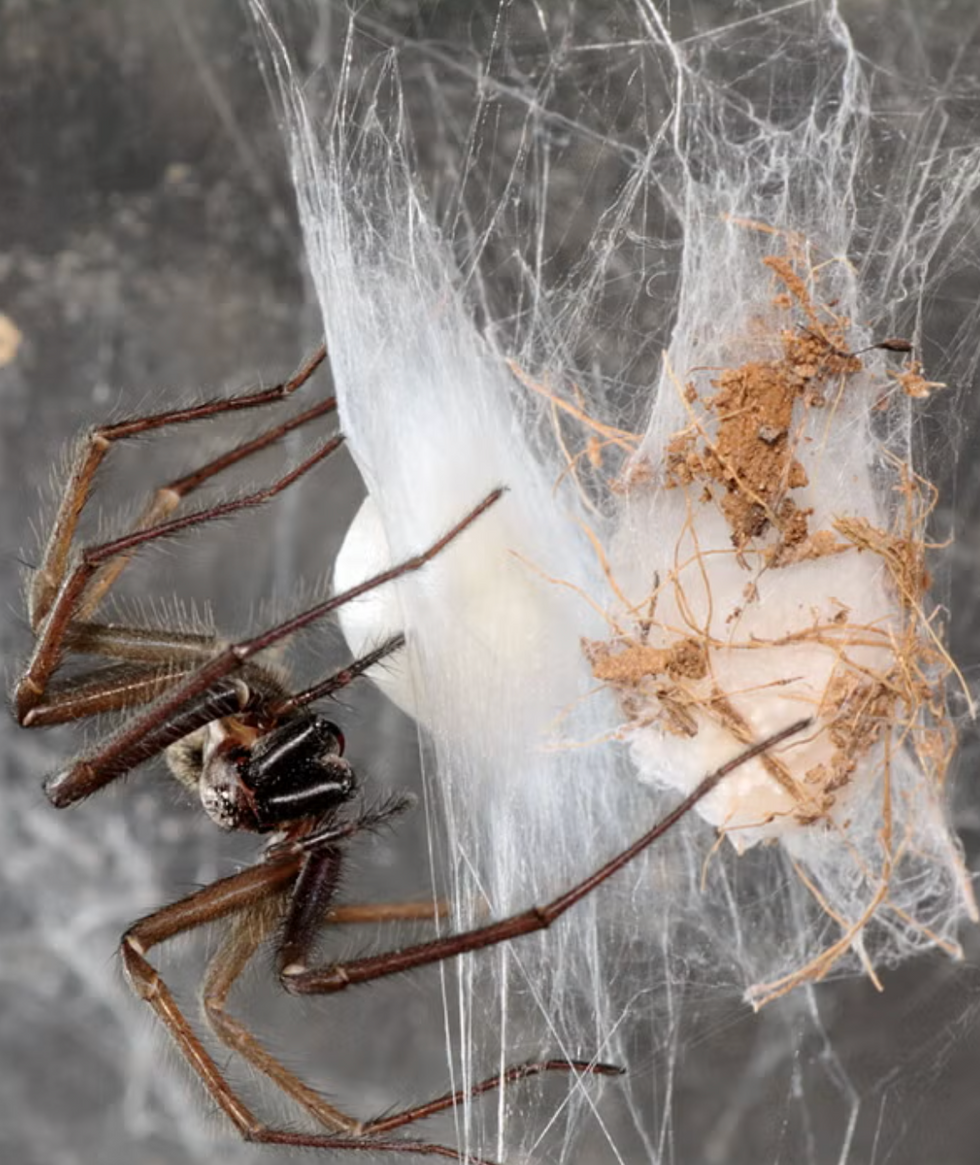
Female Giant House Spiders mate with huge males...then eat them
|Getty
The Wildlife Trusts has explained why Britons are seeing an increase in spiders.
A spokesman added: “Indoors, they’ll mostly be house spiders and they’re on the hunt for love.
“House spiders may give you a shock when they suddenly appear in the corner of your eye as they race across your carpet but, as with most of our spiders in the UK, they’re basically harmless.
“They may appear to be the arachnid equivalent of Usain Bolt but they can’t keep it up for long – they need to take breathers quite regularly.
“And, once they’re old enough to hunt out a female, they don’t have much time left in the world.
“It’s also the season for large spiders outside the house too – whether that be in gardens or the wider landscape.
“Some of the most obvious are the orb weavers – garden cross spiders in the garden, walnut orb weavers on fences and walls and four-spotted orb weavers in grasslands.”
Many Brits on social media have expressed fears that house spiders in the UK are getting bigger and there is some evidence to suggest that the average size of spiders has increased, especially in big cities.
If spiders feed well in the summer months - especially warm, wet summers, like this one, when their prey have access to lots of nutrients - they have a better chance of reaching a much larger size.
Another study in Australia found female golden orb-weaving spiders that lived in cities had a larger ovary size than their rural counterparts.
Having larger ovaries means they are able to lay larger eggs and experts suggest that warmer temperatures experienced through stored heat in concreted areas could increase spider growth rates.
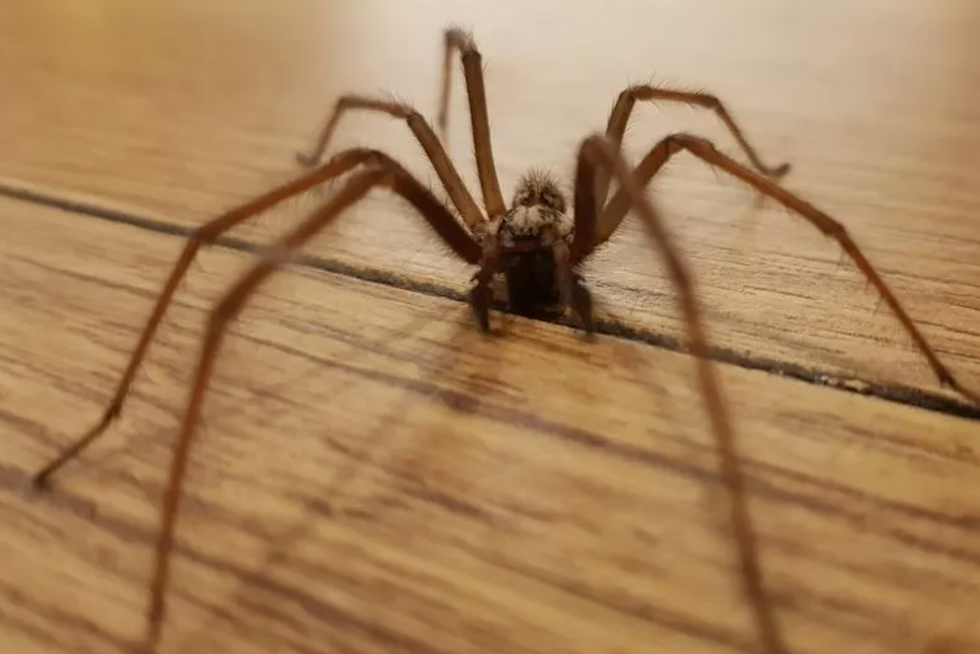
Giant House Spiders come into UK homes in huge numbers in August and September
|Getty
The Wildlife Trusts said paranoia surrounding spiders comes from a “fear of being bitten”.
A spokesman added: “The fear of spiders often comes from worries about being bitten, fuelled by urban legends and hyped-up headlines.
“In reality, very few spiders in the UK are even capable of biting a person, and an even smaller number rarely do.
“So, the next time you spot a spider sheltering in the corner of a room, give it a wave and say keep up the good work.”


